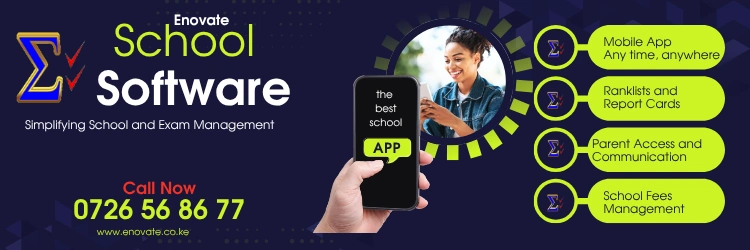Specific learning outcomes
By the end of the sub-strand, the learner should be able to:
- Express own needs at home and at school.
- Express emotions and feelings appropriately at home and at school.
- Use appropriate vocabulary to express feelings and emotions in school and at home.
- Use appropriate vocabulary to express own needs in school and at home.
- Enjoy expressing themselves verbally at home and in school.
Suggested learning experiences
- Learners could be involved in activities for recognizing emotions.
- Learners could name various emotions after observing a demonstration of variety of emotions.
- Learners could be encouraged to talk about how they feel and be appreciated for expressing their feelings and emotions appropriately.
- Learners could be guided to sing and act out different emotions.
- Learners could be asked to look at pictures depicting different feelings and emotions and identify them.
- Learners could sing songs and recite poems and rhymes on feelings and emotions
In pairs and small groups, learners could practice expressing needs, feelings and emotions and respond to each other.
- Learners could observe or listen to the teacher expressing himself or herself.
- Learners could be encouraged to express themselves in school and at home.
- Learners could view video clips depicting various emotions and feelings and talk about them.
- Learners could view clips showing words that are used to express feelings and emotions e.g happy, sad, tired and lonely, enjoy, on wall charts.
Learners could view video clips on inappropriate means of expressing emotions, feelings and needs such as grabbing, shouting, crying, fighting and be guided not to use such means.
Key inquiry questions
- How do we implore children to express themselves?
- What is the appropriate way of expressing feelings and emotions?
Core-competence developed: Digital literacy, communication and collaboration, learning to learn
Link to PCI: Citizenship: Social integration
Life skills: Effective communication
Link to Values: Unity, peace, conflict resolution
Link to other activity areas:
Environmental and Social Activities, Religious Activities
Suggested community service learning
During a child’s birthday, learners could be encouraged to join in the celebrations and be asked to talk about how they feel and express themselves using various activities.
Suggested Non-formal activity to support learning through application: Learners express themselves by presenting activities such as songs, poems, rhymes or narratives at the school assembly.
Suggested assessment: Oral questions, observations, portfolio
Teaching/learning resources: Costumes, realia, masks, charts, pictures, video clips, ICT devices
Suggested Assessment Rubrics
Exceeds expectation
Consistently expresses her /his needs, feelings and emotions using a variety of appropriate vocabulary.
Meets expectation
Uses appropriate vocabulary to express her/his needs, feelings and emotions most of the time.
Approaching expectation
Expresses needs and emotions using appropriate vocabulary sometimes.
Below expectation
With guidance can express her/his needs and emotions but has difficulty using appropriate vocabulary

